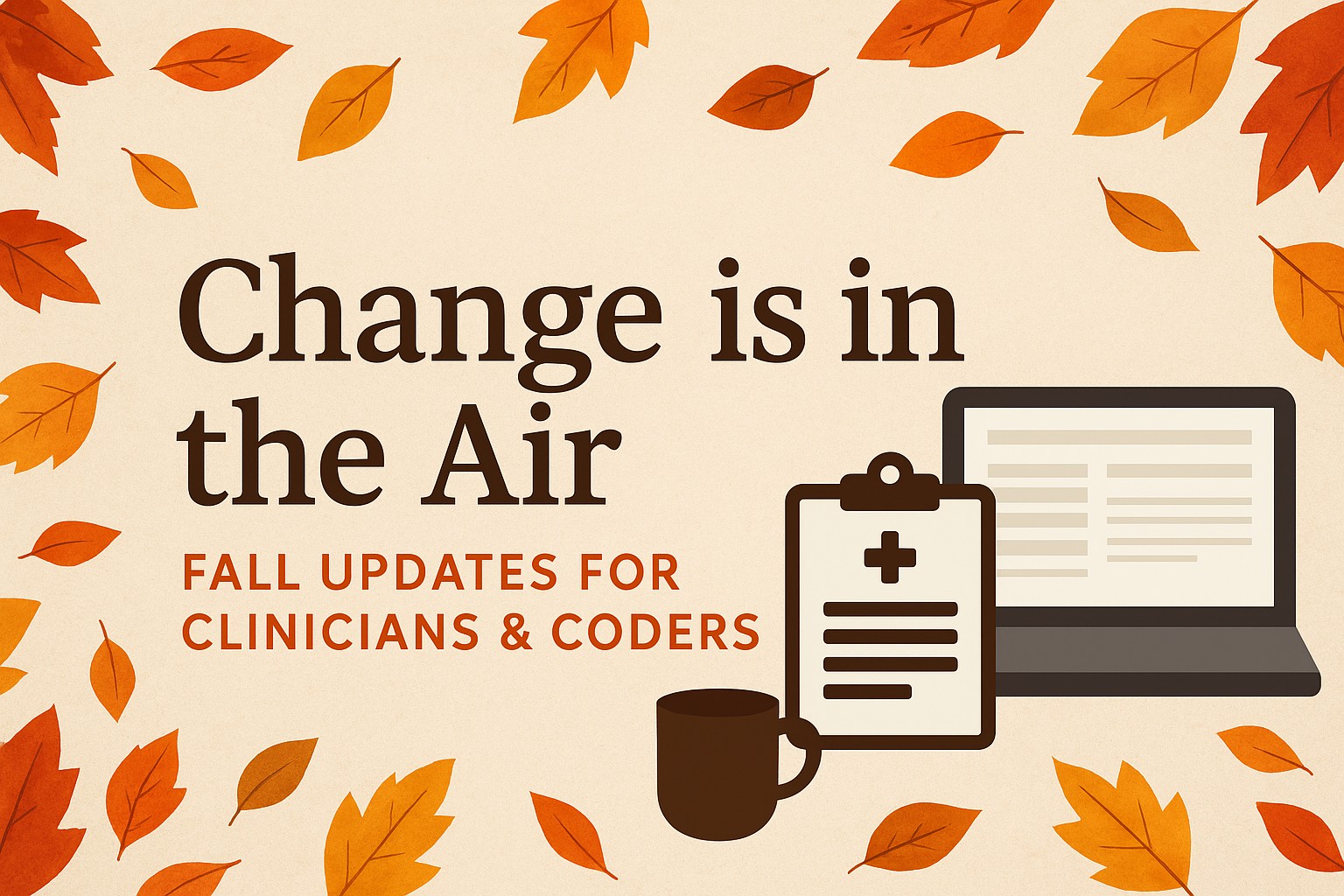Telehealth has become an integral part of patient care, but with the temporary flexibilities ending, documentation is more important than ever. Accurate and thorough notes are the key to compliant billing, smooth audits, and appropriate reimbursement. This week, we’ll dive into practical tips for documenting telehealth visits effectively.
Why Telehealth Documentation Matters
As temporary telehealth rules sunset, payers will closely review records to ensure:
- The service was medically necessary.
- The visit met telehealth-specific requirements.
- Claims are supported by complete, accurate documentation.
Incomplete or vague documentation can result in:
- Denied claims or payment delays
- Increased audit scrutiny
- Potential compliance issues
Essential Elements to Document
- Patient Identification & Location
- Confirm patient identity at the start of the visit.
- Record where the patient is located, as some services require specific geographic criteria.
- Mode of Communication
- Clearly note whether the visit occurred via video or audio-only.
- Include platform used if applicable (telehealth platform, EHR video visit, etc.).
- Medical Necessity & Clinical Decision-Making
- Document the reason for the visit and how it relates to patient care.
- Include assessment, plan, and any clinical decision-making to support the level of service billed.
- Consent & Patient Acknowledgment
- Document that the patient consented to telehealth and understands limitations.
- Capture any additional consents required by payer or state regulations.
- Time & Duration (if applicable)
- For certain codes, record the time spent counseling or coordinating care via telehealth.
- Follow-Up & Instructions
- Include any follow-up recommendations, prescriptions, labs, or referrals.
- Document how the patient will receive these instructions (portal, mail, or in-person).
Practical Tips for Compliance
- Use standardized templates in your EHR to ensure no elements are missed.
- Train staff on new telehealth documentation requirements before the extensions end.
- Audit your own notes periodically to catch gaps early.
- Stay informed on payer-specific telehealth rules, as some differ from CMS guidance.
Looking Ahead
Next week, we’ll shift focus to the 2026 ICD-10-CM updates, reviewing the new, revised, and deleted codes you need to know to stay compliant and accurately capture patient conditions.
With proper documentation, telehealth visits can remain a safe, compliant, and valuable part of patient care—even as regulations return to pre-pandemic standards.Sign up for our mailing list and follow along for more insights. http://eepurl.com/ihek1L

